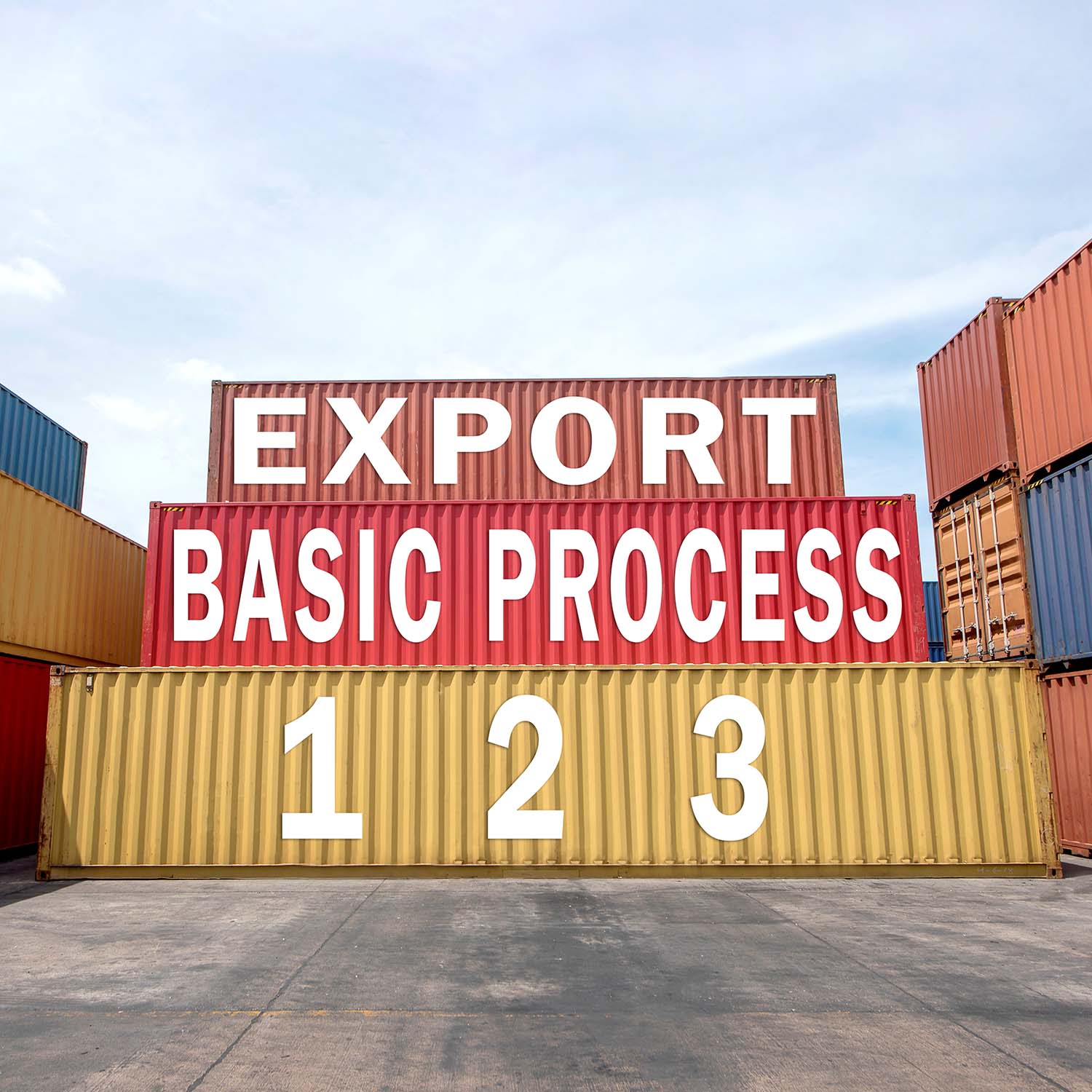Export: Basic Process
Export Protocol
Created in July of 2021, the customs authority in Mexico is known as the National Customs Agency of Mexico (Agencia Nacional de Aduanas de México or ANAM), a decentralized administrative agency of the Ministry of Finance and Public Credit (Secretaría de Hacienda y Crédito Público).
Documentation Package
A licensed customs broker is required to clear exports in Mexico. After receiving the necessary information from the exporter and the carrier, the customs broker prepares a documentation package consisting of the Single Petition (Pedimento Único) and accompanying documents. The application includes a commodity code for the goods and the Incoterm establishing the terms of sale.
Documentation Review
Customs reviews the documentation to check for:
- Authority of the entity to export
- Consistency of information across documents
- Legality of the proposed export
- Proper product classification
Customs also:
- Establishes whether to order an inspection of the shipment
- Computes duties, taxes, and other fees
- Refers documentation to other governmental agencies for exports of controlled products
- Establishes any special requirements for final clearance of the shipment
Time to File
The Single Petition and supporting documentation must be filed electronically with customs at the time the shipment reaches the border depot.
Electronic Filing
Mexican customs has electronic filing capability through CITASAT.
Export License, Commodity Clearance, Certificate of Exemption
Export license(s) and/or commodity clearance(s) may be required for certain restricted articles, which can be obtained from the Mexican government agency that regulates that article. See the Restricted and Prohibited page for more detailed information.
Export Documentation
All exports of physical articles require the following basic documentation:
- Single Petition (Pedimento Único)
- Commercial Invoice (CI)
- Freight Document: Bill of Lading (B/L), Air Waybill (AWB), Rail Waybill, or Road Waybill
- Packing List (P/L)
Some exports may require specialized documentation:
- Certificate of Origin (CoO)
- Price List (Lista de Precios)
- Insurance Document
- Export Licenses, Permits, Certifications
- Documents as may be requested/required by the subsequent importer
- Documents as may be required by the terms of a bank letter of credit (L/C) or documents against payment (D/P) provision
Restricted and Prohibited Articles
The export of restricted and prohibited articles may require an export clearance from the governmental agency that regulates that article. The following items are prohibited or restricted Mexican exports: narcotics, live fish, predators of any size, images representing children in a degrading or ridiculous way, used clothes, firearms and ammunitions, and electronic cigarettes. See the Restricted and Prohibited page for more information.
Inspection
Inspection is carried out only when risk analysis has identified the shipment for more detailed documentary inspection or physical inspection. In a vast majority of cases no physical inspection takes place, and there is no need to unload or unpack the shipment.
Articles to be exported may be subject to inspection when:
- The seal on the shipping container has been tampered with
- The container is leaking
- The shipment’s details in the shipping documents differ from that in the manifest
- An alert or hold order has been put on the shipment
- Customs has knowledge that there is a variance between the declared and true quantity, measurement, weight, and/or tariff classification of the shipment.
Customs may also perform random spot inspections.
Payment of Duties and Taxes
Before the shipment reaches the customs office of export, the broker pays any duties, taxes, and/or fees owed to customs. Payment may be made electronically or in person. For articles that require value verification, appraisal, or classification in order to determine the amount of duty and taxes payable, such articles will be cleared by customs only after the exporter has discharged the obligation to pay assessed duties and taxes.
Export Regimes
The proposed export of certain arms, armaments, dual-use technology, and nuclear materials and equipment are likely to be covered by one or more Multilateral Export Control Regime. World Trade Press recommends consult with logistics and legal specialists for more information.
Clearance and Release of Shipment
Once customs reviews the Single Petition and verifies its accuracy, customs issues an electronic signature in the form of a barcode sticker, which is affixed to the export petition. Then, once any necessary inspection is completed, all duties, taxes, and other fees are paid or secured to be paid, and no discrepancies or problems arise with the export documentation or the shipment, customs clears the shipment to be exported. At the customs office of exit, customs scans the barcode affixed to the Single Petition and releases the shipment. The barcode is also used in further movement of the shipment to track its progress.
Export Support
For help or additional information, contact the National Customs Agency of Mexico (Agencia Nacional de Aduanas de México or ANAM) by calling [1] (800) 46 38 728 (within Mexico) or [1] (877) 44 88 728 (from United States and Canada).
Note: The above information is subject to change. Importers and exporters are advised to obtain the most current information from a customs broker, freight forwarder, logistics professional, or the local customs authorities.
Source: National Customs Agency of Mexico (Agencia Nacional de Aduanas de México or ANAM)
Article written for World Trade Press by Felicia Topp and Brittony Hubbard.
Copyright © 1993—2024 World Trade Press. All rights reserved.

 Mexico
Mexico 